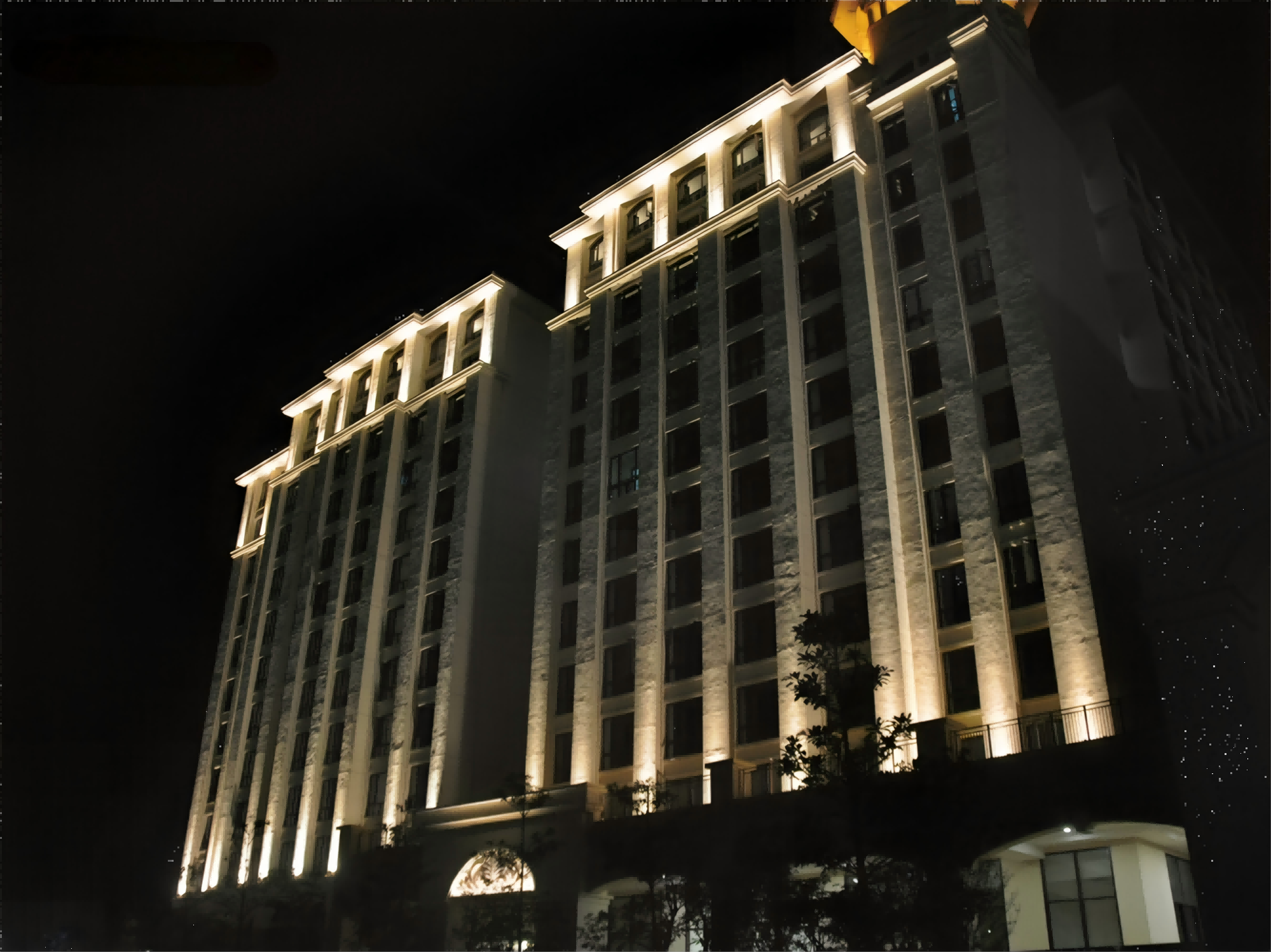2025 Outdoor Lighting Trend: How Artificial Intelligence and Internet of Things Innovate The Night Scene of Smart City
Have you ever felt the flowing light and shadow as if there were life when you walked at night? Nowadays, the night view of a city is no longer just a simple stack of lights but an intelligent system driven by artificial intelligence and the Internet of Things. By automatically adjusting the lighting of streets, parks, and landmark buildings, we are moving towards a new era of nightlife that is energy-saving, safe, and more aesthetic.
1. Intelligent lighting system: brain behind the lamp
Imagine that when you walk on the street, each street lamp is like a loyal guardian, silently sensing the surrounding environment - when you pass by, they will quietly turn on. In case of emergency, they will immediately call the police to ensure that every corner is safe. The emergence of modern intelligent lighting systems solves the complex lighting problem. Due to the use of artificial intelligence technology, lighting adapts to the changes in human behavior and environment. IoT sensors can track and evaluate pedestrian flow, weather conditions, and ambient light intensity to adjust energy use and brightness. People can program street lights to operate at 40% brightness in a short traffic cycle and switch to full power immediately when moving is detected, saving about 60% of energy.
The core of the intelligent lighting system is a powerful AI chip. Each street lamp integrates a localized data processing delay of less than 50ms. Using the complex image recognition technology, the system can automatically recognize emergencies such as pedestrian falls or vehicle reversing, trigger the lights nearby, and send an alarm to the surrounding environment to improve safety. In addition, by supporting a variety of communication standards (such as lorawan and 5g), building intelligent infrastructure, and a single control system, it also provides extensive interoperability with urban traffic, safety, environmental monitoring, and many other systems.
At the 2024 smart city Expo in Munich, Siemens' city air system demonstrated how the AI streetlights can handle 17 environmental parameters at the same time, from pollen count to crowd density, and make 800000 lighting adjustments every day without manual intervention.
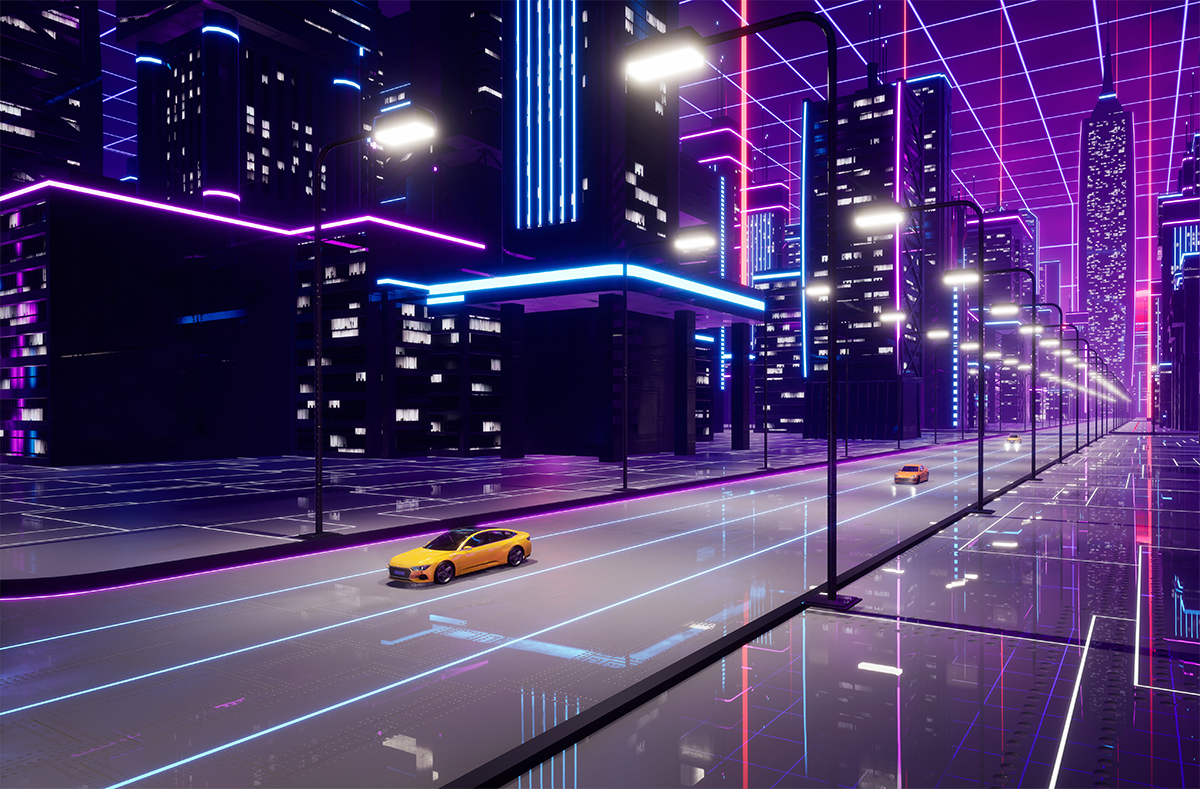
2. Aesthetic innovation: lighting as urban art
On the night of Singapore's waterfront Bay, the Museum of Art and Science is no longer just a static building, but a flowing picture of light and shadow. 120000 programmable LED beads, each light seems to tell the story of the city. When tourists choose the lighting theme through mobile voting, the building seems to be talking to you, showing a variety of emotions and styles from 'tropical monsoon' to 'New Renaissance'. This participatory model shows how AI-driven lighting has evolved from a functional tool to a cultural medium.
Behind this artistic revolution is precision engineering. The lighting system of the museum depends on technological breakthroughs:
To achieve a balance between artistic expression and engineering accuracy, 120000 programmable LED beads are embedded in the exterior wall of the Singapore Museum of Art and Science. These ultra-high definition pixel units with hdr10+color code can not only present 8K dynamic images, but also accurately combine light and shadow with building structures through millimeter wave lidar scanning, and maintain visual continuity even in rainstorm weather.
3. Sustainable scale: green technology and smart design
In this era of focusing on a green future, intelligent lighting not only represents technological innovation but also reflects our responsibility for the future of the earth. Imagine that each 'zero carbon light pole' is integrated with wind energy, solar energy, and efficient energy storage technology, which not only prolongs the service life but also significantly reduces energy consumption. Such technological progress is quietly changing the city, making our lives more fresh and livable.
The LED lighting system integrates wind energy, solar energy, and energy storage into a "zero carbon light pole", including a vertical axis wind turbine with an average daily power generation of 2.1 kWh, cadmium telluride photovoltaic glass with a conversion rate of 22% and a liquid-cooled energy storage system with a cycle life of more than 6000 times, which can reduce about 5000 tons of carbon per 10000 LED street lights per year.
Artificial intelligence also plays a key role in managing large-scale networks. Cloud computing-based platforms, such as China telecom Tianyan Intelligent Computing Center, can dynamically allocate energy resources on millions of devices, significantly reducing operating costs and carbon footprint.
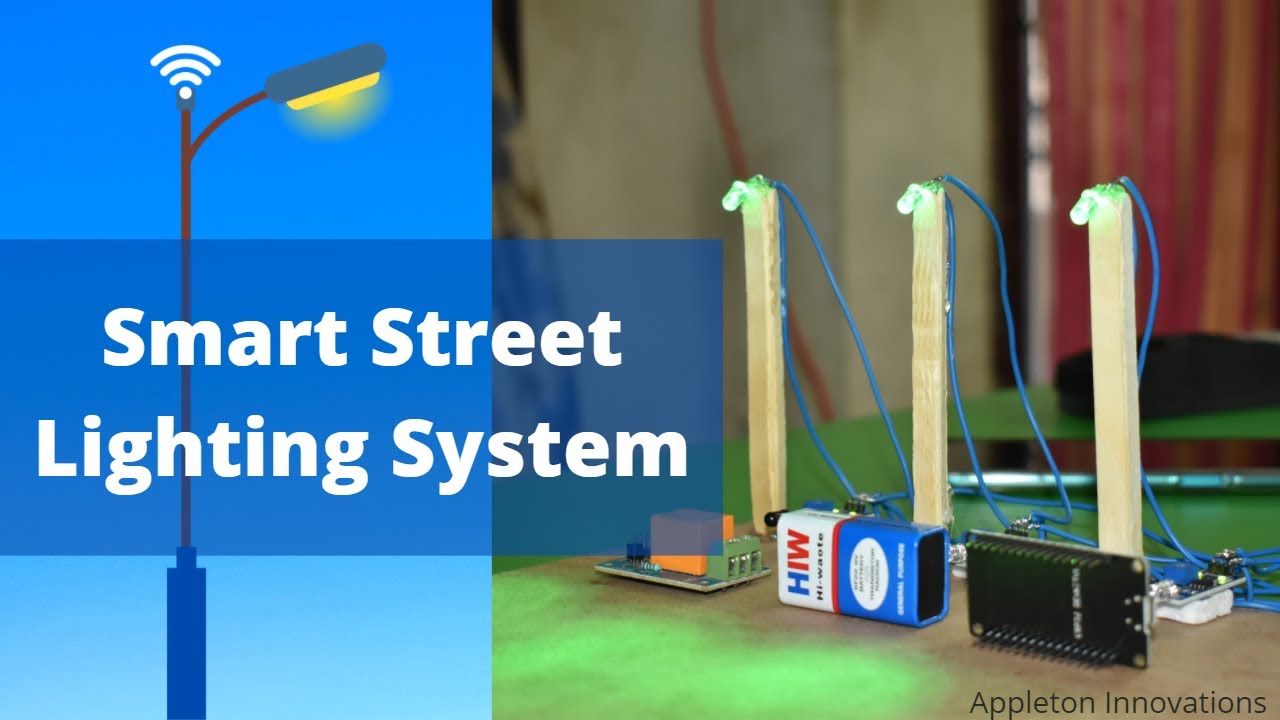
4. Security guard: lighting is the guardian
When night falls, intelligent streetlights not only illuminate the road ahead but also act as guardians silently. In a pilot project in Shenzhen, these streetlights can accurately identify abnormal situations through multispectral sensing technology, and automatically broadcast in case of emergency, guiding the first responders to come to help. Imagine that in an emergency, the timely response of these street lights is like a pair of warm hands to escort the safety of citizens. In Nanshan District, Shenzhen, a pilot project in 2024 deployed 2000 Huawei elte street lights (atlas 800) along Keyuan Road. Combined with Alibaba Cloud's traffic management platform, these traffic lights reduced driver glare incidents by 43% during peak hours, as described in the traffic audit of Shenzhen Daily (July 2024).
The combination of street lamps and monitoring and emergency systems adopts multi-spectral sensing. The intelligent street lamp integrates visible light, thermal imaging, and millimeter wave radar. It can recognize most vehicles at night and maintain a false alarm rate of less than 0.01%. It also includes an emergency broadcast link, which can automatically broadcast evacuation commands during events such as typhoons or fires, and the volume is dynamically adjusted according to the ambient noise level. This technology greatly reduces downtime and maintenance costs.
5. The way to the future: 6G, AI proxy, hyperconnectivity
Cities in the future will glow with new vitality due to the popularization of 6G technology. When the delay between the street lamp and the cloud is as low as 0.3 ms, every corner will become a part of the smart city. ZTE plans to turn street lamps into 6G micro base stations to achieve precise positioning at the 10cm level, which is not only a technological leap but also a revolution to change the way of life in the city.
6G revolutionary application will transform urban infrastructure through sub-millisecond response and synaesthesia integration. Ericsson's test network has proved that the delay between the street lamp and the cloud layer can be as low as 0.3ms, which can achieve ultra-high definition VR live broadcast, such as the "cloud watching" project of Shougang Park in the Beijing Winter Olympics. At the same time, ZTE plans to transform street lights into 6G micro base stations to provide navigation services with positioning accuracy up to 10 cm, which may replace some Beidou/GPS functions.
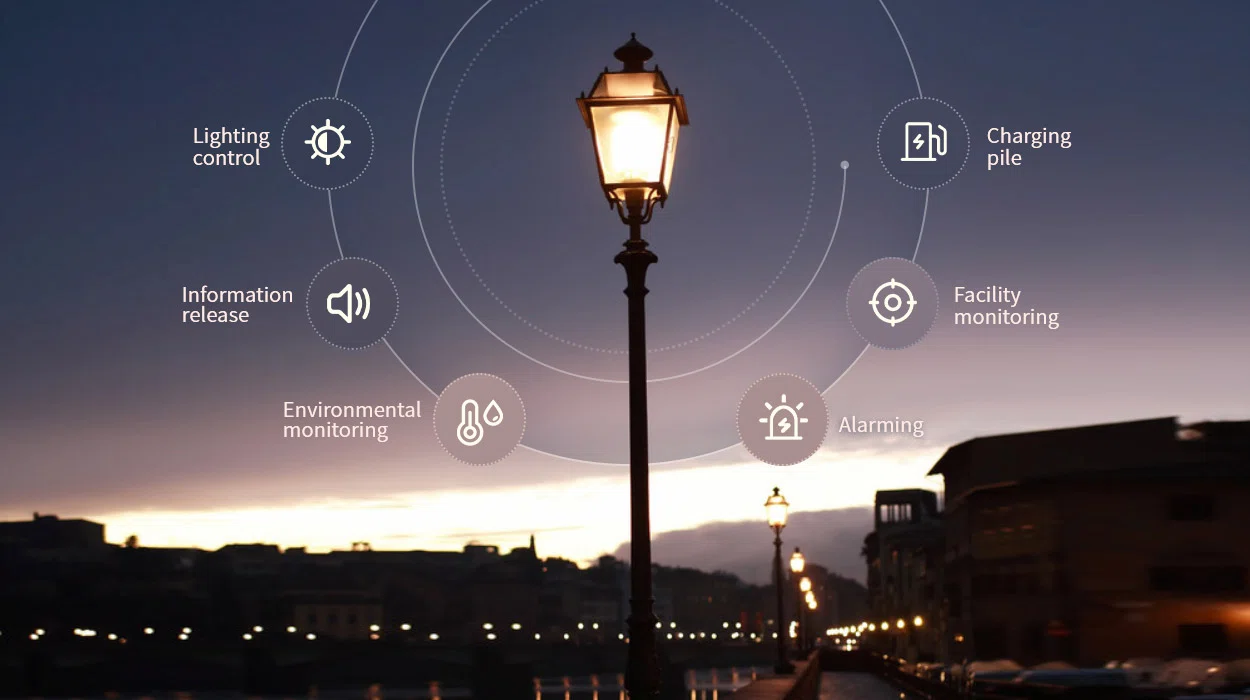
6. Data-driven business value: value-added services from lighting to urban operation
Just imagine that on Oxford Street in London, 420 sets of intelligent street lamps collect customers' stay data in real-time through millimeter-wave radar and Wi-Fi probes, providing valuable market insight for brands such as Zara and boots. It is this kind of data empowerment that optimizes the retail strategy and increases the store entry rate by 23% during peak hours. Moreover, the system can automatically identify the movement tracks of the elderly and the disabled, ensuring everyone's travel safety. This is the new business value brought by the data-driven smart city.
For government cooperation projects, such data can also be used for urban planning decisions. China Mobile's "intelligent lamppost cloud platform" cooperates with many cities to upgrade lighting facilities to urban management terminals and provide diversified profit models such as advertising space leasing and charging pile services. B-end enterprises can share data value-added revenue with customers through the "hardware+subscription service" mode, and turn one-time purchases into profitable partnerships.
7. Modular design: a flexible investment plan for future cities
In the face of the changing needs of the city, traditional lighting engineering often appears rigid and weak. The modular intelligent lighting system, such as the 'Light Cube' series, is providing a new flexible investment scheme for future cities. Through the free combination of various functional modules, not only the initial investment is reduced by 35%, but also the cost of upgrading in the later stage is significantly reduced, so that the city always remains in the lead in the changing wave of science and technology. Opp lighting "magic cube 2.0" is designed with modular building blocks, and the plug-and-play C-type interface is located in the expansion slot. The system can also carry out remote firmware updates through OTA, and can quickly deploy new functions without on-site work.
Risk control advantages: through the redundant design of the supply chain, key modules (such as power drive) are compatible with multi-brand chip solutions such as Ti, Infineon, and domestic silique, effectively avoiding the risk of chip supply interruption; At the same time, it provides a long-term maintenance strategy of "10-year warranty+lifelong paid upgrade service", and uses hardware life cycle management and continuous technical iteration to lock in the long-term value of customers, so as to realize the dual guarantee of risk diversification and income extension.
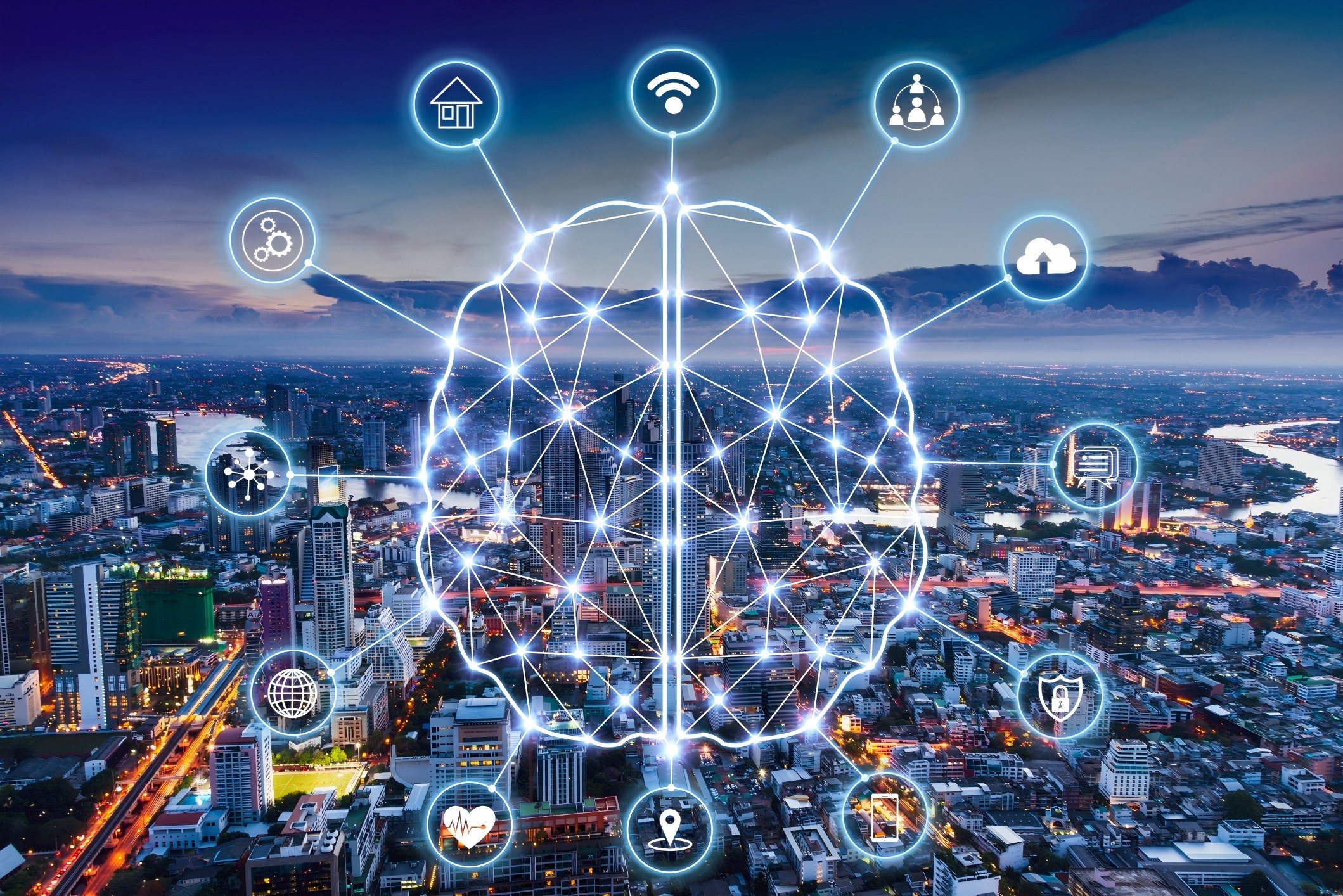
Conclusion: looking forward to a brighter and more intelligent future
In general, intelligent lighting not only lights up the night sky of the city but also lights up our infinite yearning for a better life in the future. With the surge of global investment in intelligent lighting, we are ushering in a new era of safety, green, and people-oriented. Facing this promising future, let's hope that every lamp can warm every heart and make every corner of the city full of light and care. For urban planners and technology innovators, the challenge is to balance innovation and inclusiveness and ensure that these advances benefit all citizens equally.
Illuminate Your Building's Future Now with LNJAMI.
We are a 17-year-old outdoor lighting source factory. Our main products are outdoor wall washers, linear lights, floodlights, point light sources, and other lamps. We generally adhere to providing customers with safe, reliable, and cost-effective products, and we have always paid attention to the protection of LED lamps. We can provide DC12V, DC24V, and AC220V lamps according to customer needs, and we can also provide customized lamps. If you have lighting project needs, please contact us.






